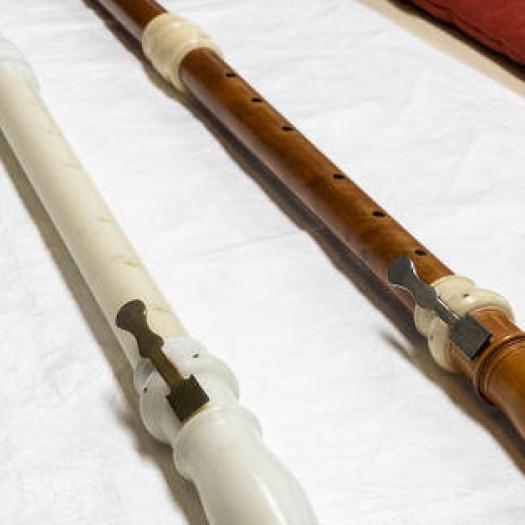Materials and methods for conservation


While they have existed in industry for a long time, maintenance practices in the heritage sector are rarely considered. The theme ‘Materials, Methods, and Systems for Conservation’ aims at developing methodologies that allow for understanding the structural behavior of a heritage musical instruments maintained in operational or playing condition and to establish relevant monitoring protocols.
A first focus of this theme addresses the interaction between Tyvek® and metal. There are currently over 50 types of Tyvek®, but their relevance and safety for the storage of artworks is a particularly important issue. Notably, the interaction between metal and Tyvek® has been little studied, despite several reports indicating corrosion. In close collaboration with the CRCC team, a detailed study of this storage material should enable its more targeted use, tailored to the specific characteristics of the objects in question.
On the other hand, among the various disturbances that a heritage object can experience, vibrations are the most recently considered. The VibCons project (2019, INP, IRCAM, SATIE, ECR, and the Louvre, Quai Branly, Decorative Arts, and IMA museums) has developed an ‘active shelf’ using active control to limit vibrational energy. To propose a minimally invasive vibration protection system for museography, future research will focus on optimizing the hardware and software.
When operating musical instruments, the mechanical and hygrothermal behavior of wood is a major parameter for their conservation, as the vibrational properties of this material can be altered by prolonged stresses. In collaboration with Sorbonne Universités, a project is investigating the relevance of using 3D-printed materials to reproduce facsimiles of wind instruments from the collection.
The partners of this theme consist of several institutions and collaborators: